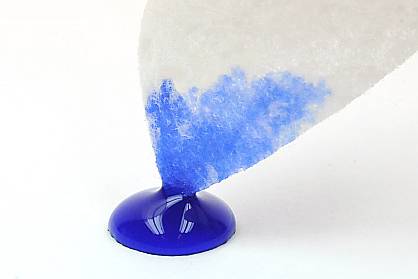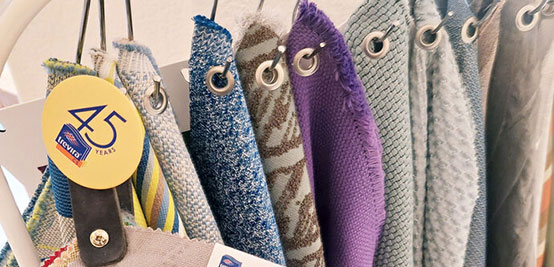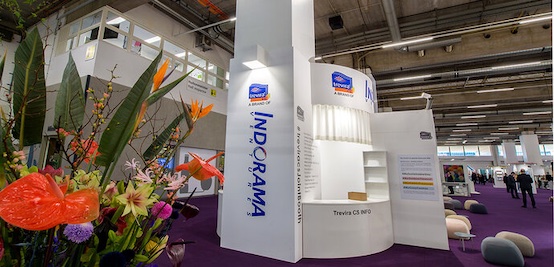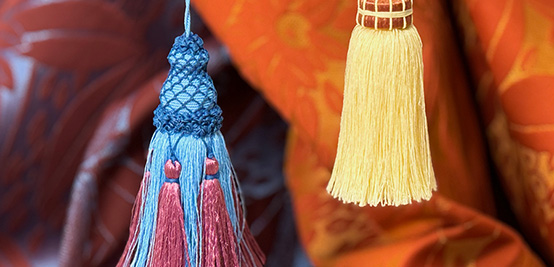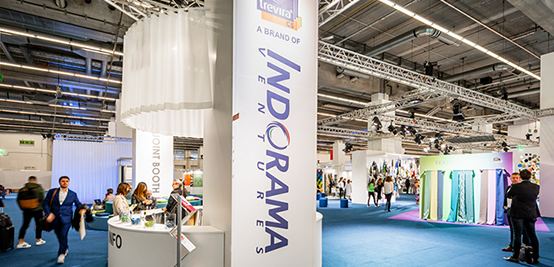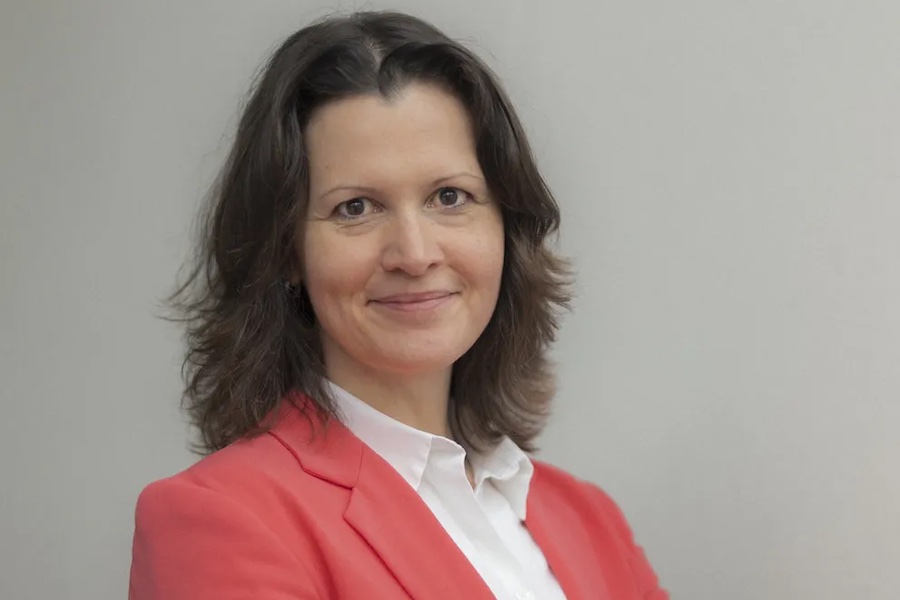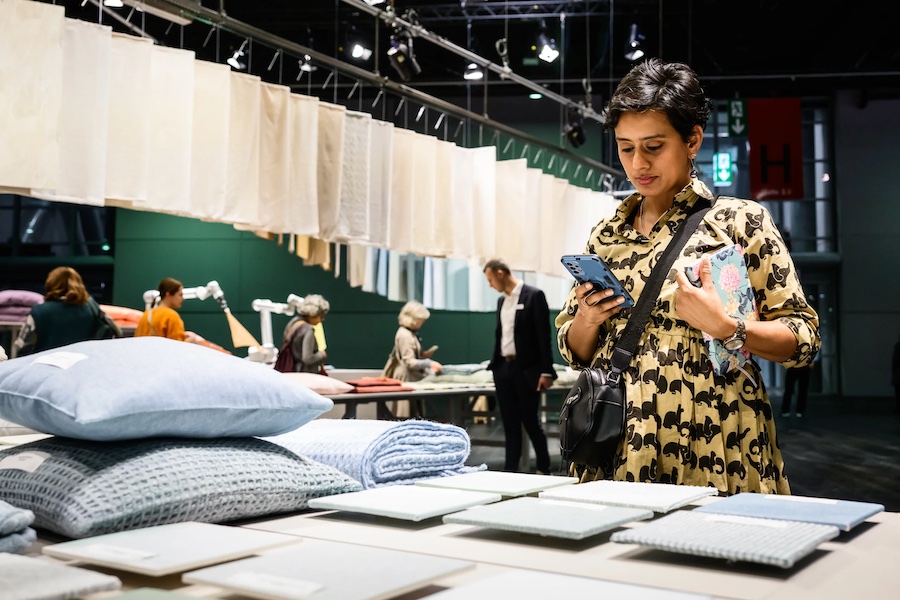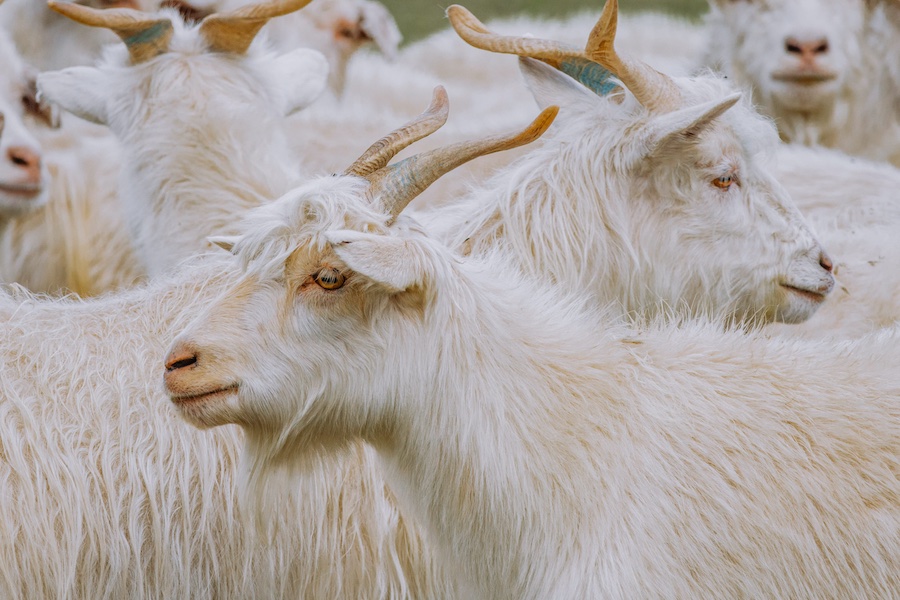#IDEA 2016
First time at IDEA in Boston: Trevira fibres for nonwoven applications
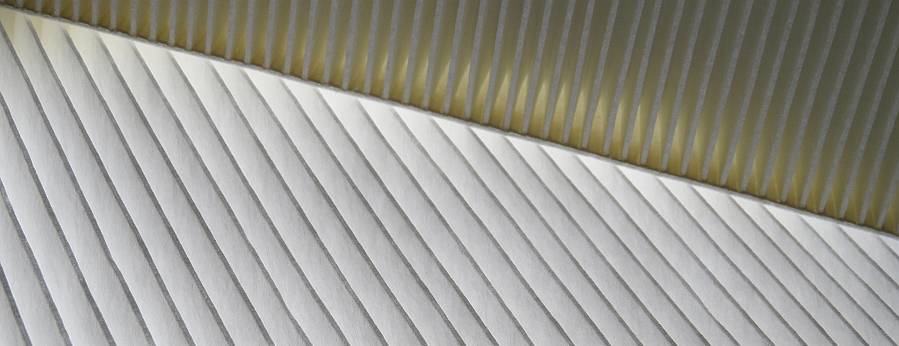
Customised: PET specialties With homopolymer fibres there is clear focus on customer-specific developments which can offer evident added value for customers and partners; to which end use the fibres are put to is less decisive here.
Trevira intends to further expand its programme for shortcut fibres, e.g. for paper and filtration materials. These fibre types are also available in a flame retardant variant.
As a specialist in polymer modification, Trevira has recently brought a new development onto the market, one that supplies the fibres with a particularly soft handle. The modification in raw material employed can be used for all polymers and is already commercially available for polyester and PLA. It is anticipated that, along- side technical applications, potential for the new development is expected primarily in the field of hygiene.
-----------ADVERTISING-----------------
------------------------------------------------
Versatile in use: bicomponent fibres Today’s standard fibre programme contains already a whole series of raw material combinations such as PET/Co-PET, PET/PE and PET/PBT. Trevira is currently working on new modifications, in order to offer suitable products to meet the needs and technical demands of customers. These include, for instance, flame retardant modified bicomponent fibre types for technical applications or fine titres for the filtration sector.
Trevira offers PLA fibres for all classic processing technologies such as carding, spunlace, wetlaid and airlaid. Fields of application are hygiene products and technical end uses, including fresh areas as well: niche products and materials with added functions, food packaging, the paper industry and fillings.
Overview: Trevira Fibres for the nonwovens industry
- Short-cut fibres for airlaid and wetlaid applications, e.g. hygiene products or the paper industry
- Special types for hydro-entangled nonwovens, e.g. wipes
- Bicomponent fibres for thermal bonding, e.g. insulation and filtration materials and also for hygiene textiles and construction materials
- Permanently flame retardant fibres for nonwoven applications
- Fibres from biopolymers (PLA/ IngeoTM) for nonwovens, e.g. for hygiene, technical applications, the paper industry and for fillings
